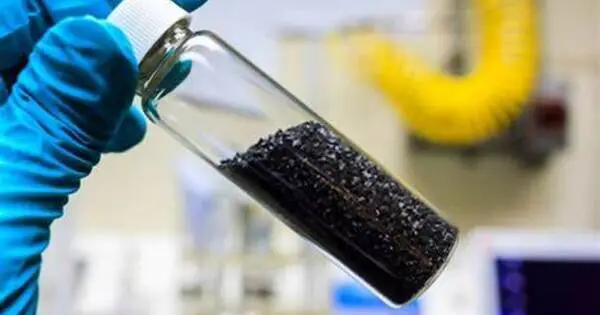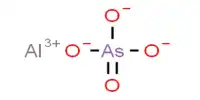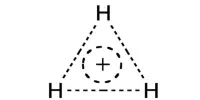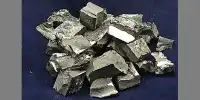Carbon filtering is a method of filtering that uses a bed of activated carbon to remove pollutants from a fluid, such as water or air, via sorption. Activated carbon, also known as activated charcoal, is a type of carbon that has been processed to produce small, low-volume pores that increase the surface area accessible for adsorption and chemical reactions.
Carbon filtering is a typical technique used in water treatment to remove contaminants and impurities such as organic compounds, chlorine, volatile organic compounds (VOCs), silt, and some minerals. The activated carbon works by adsorbing contaminants and trapping them within its porous structure.
Mechanism
Carbon filtering works through adsorption, in which contaminants in the fluid to be treated become trapped inside the pore structure of a carbon substrate. The substrate is composed of numerous carbon granules, each of which is very porous. As a result, the substrate has a huge surface area that might trap pollutants. Activated carbon is commonly used in filters because it has been processed to have a significantly larger surface area than untreated carbon. One gram of activated carbon has a surface area greater than 3,000 m2 (32,000 square feet).
Carbon filtration typically consists of passing the fluid through an activated carbon bed or column. The carbon adsorbs impurities and effectively removes them from the fluid. Over time, the carbon bed becomes saturated with impurities, and the filter needs to be replaced or regenerated.
Common uses
Carbon filtering is widely employed in water purification, air filtration, and industrial gas processing, such as the removal of siloxanes and hydrogen sulfide from biogas. It is also utilized in a variety of other applications, such as respirator masks, sugarcane purification, some coffee decaffeination processes, and precious metal recovery, particularly gold. It is also utilized in cigarette filters and automobile EVAP systems.
When filtering water, charcoal carbon filters are the best at eliminating chlorine, silt, volatile organic compounds (VOCs), taste, and odor. They are ineffective at eliminating minerals, salts, and dissolved inorganic compounds.
It’s commonly utilized in both point-of-use and point-of-entry water treatment systems. It is also used in many industrial operations to purify liquids and gasses. Carbon filters are frequently used in water filtration systems for homes, aquariums, and commercial uses.
In addition to water treatment, carbon filtering is utilized in air purification systems to eliminate odors, volatile organic compounds, and other airborne pollutants. Activated carbon’s porous structure allows it to capture and store a wide spectrum of pollutants.














